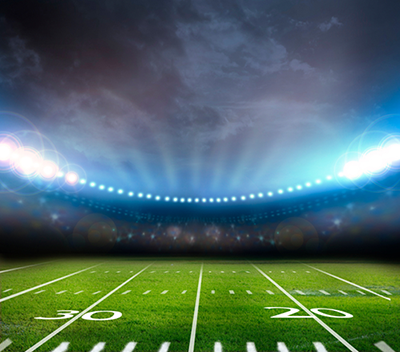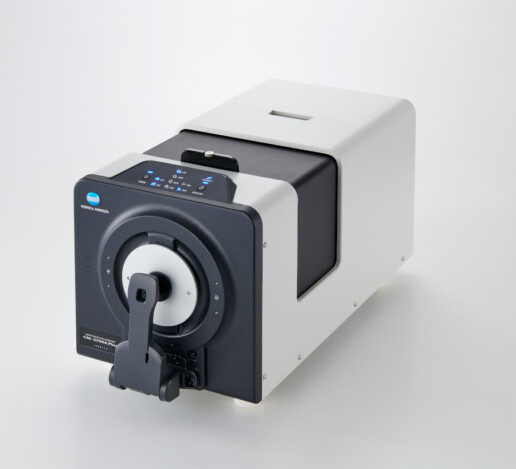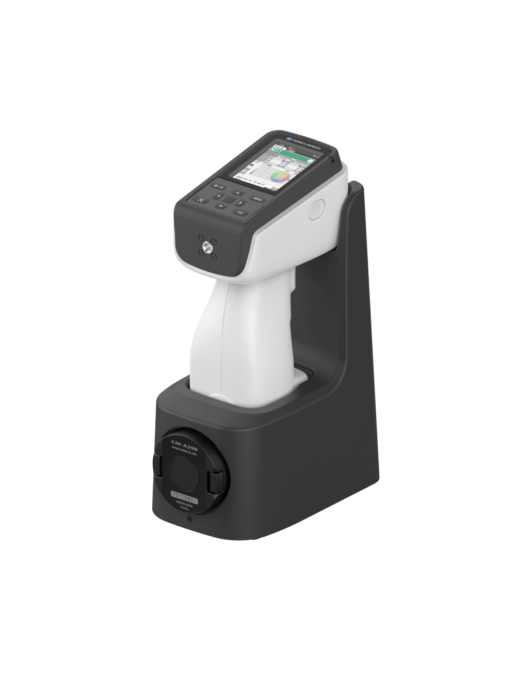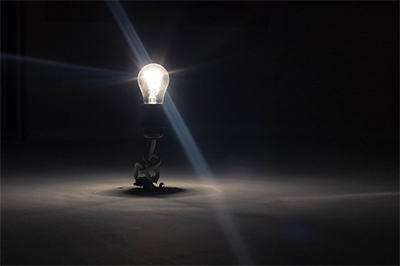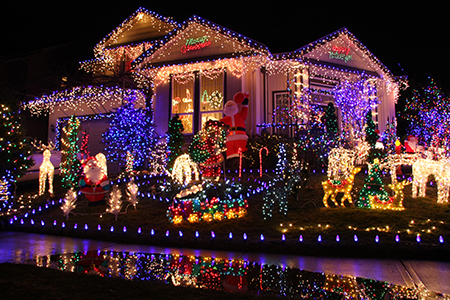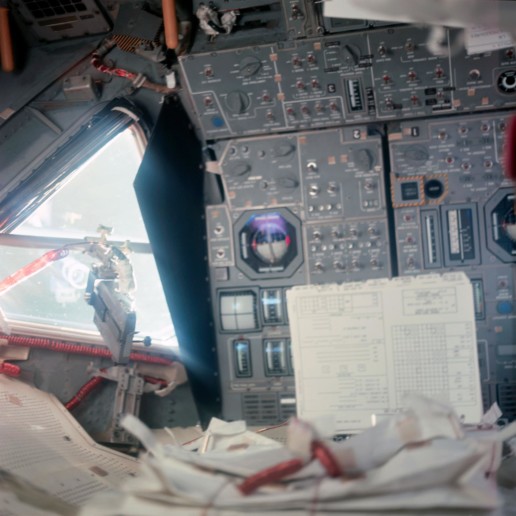Advancements in Stadium Lighting Using LEDs
Considering the critical role lighting plays in the sporting industry it’s surprising that sports facilities have been one of the last to adopt LED lighting technology. This was partly due to the cost of LED fixtures as they are relatively more expensive than traditional lighting.
Now the cost of LED technology has become more affordable and today the life cycle of LED lights lasts four or five times longer than traditional lights.
The addition of LED lighting systems in stadiums offers several advantages over traditional sodium vapor and metal halide luminaires. The most important is that LED lights are more energy efficient by using less energy, have a longer run time, and are brighter than traditional lights.
In turn, its maintenance costs less, which means an immediate improvement in lighting performance and lower costs.
Another concern in using LED lights in stadiums was the interference it would have on filming and broadcasting live on television. With the technological advance in television this concern has ceased to exist and home viewers can enjoy from their homes the sports games broadcast on TV in vivid colors and with better color rendering indexes.
Stadiums that have installed LED luminaires typically use them to illuminate the playing surface and provide illumination in seating areas. Control systems are implemented that allow operators to change or attenuate each focus individually.
With the increase in lighting control, it’s easy to create special effects during player presentations, pre- and post-show events, or enhance the game-day presentation. Many stadium designers and other corporate brands have realized that this can create a colorful and very engaging audience experience.
Advantages of LED Lighting in sports stadiums:
- Life Cycle: This is the biggest benefit of LED lights compared to traditional lights. LED stadium lights have a life cycle of 50,000 to 100,000 operating hours
- Energy efficiency: Energy consumption is less than 10% to 20% of the cost of halogen lamps
- Increased Safety/Low Temperature: LED lighting systems do not need to “heat up” and can be turned on at maximum brightness almost immediately while traditional bulbs. Additionally, since stadium LED lights consume less energy, they can effectively operate in low-voltage electrical systems, which are generally safer
- Excellent Color Performance Index (CRI): which is the ability of light to reveal the current color of the object compared to the ideal light source (natural light)
- Increased brightness
- Environmentally safe: Unlike traditional lights, LED lights have no mercury
- No UV radiation
- Available in a variety of correlated Color Temperature (warm, yellow, cold, etc.)
- Instant on and off: as there is no prior preheating. This makes them much easier to operate
- High attenuation capacity: capable of operating virtually any percentage of its rated power (0 to 100%)
- More economical than traditional lights
Konica Minolta Sensing offers a wide range of instruments for controlling LED lighting in sports stadiums:
- CL-200A Chromaticity Meter: allows to measure illuminance, color temperature, chromaticity, dominant wavelength and excitation purity of various lighting sources, specifically LEDs, organic LEDs (OLED) and other forms of organic electroluminescence (EL)
- CL-500A Illuminance Spectrophotometer: can be used for both illuminance measurements and state-of-the-art, high-quality lamps such as LED and EL lighting. It is the first portable illuminance spectrophotometer to comply with DIN and JIS standards. The CL-500A can measure illuminance, color temperature, and CRI (Color Performance Index) measurements, chromaticity, and spectral energy distribution
- CRI CL-70F Illuminance Meter: initial solution for the measurement and evaluation of illuminance, color temperature and color rendering index (CRI) of various lighting sources such as LEDs and fluorescent lamps.
Visit our Lighting Industry Solutions page to see a full line of available instruments from Konica Minolta Sensing’s lighting product line to find solutions for research and development, design, production, quality control, installation, and field verification.
